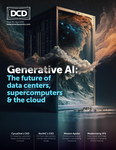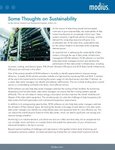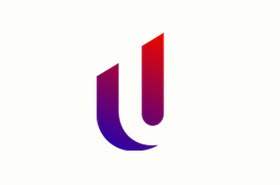Alternative data refers to information beyond traditional sources that include corporate financial statements and filings, stock market data, and government reports.
Initially used by investment firms, today, alternative data is also actively utilized by government agencies to analyze economic, social, and political environments and formulate policies.
Alternative data sources are growing
The use of digital applications to conduct business, governmental, and social transactions have led to an increase in the production of public data. As a result, sources of alternative data are growing and presently include:
- Mobile and desktop applications: Applications are a trove of data revealing insights into consumer preferences and behaviors. Industries that collect data and use this particular source include travel, food delivery, consumer goods, health and fitness, transportation, and entertainment.
- Email receipt transaction data: Receipts sent via email to purchasers reveal critical information about consumer behavior and spending patterns. Subject to privacy laws and regulations, email receipt transaction data is obtained from various sources, including email service providers and third-party data firms.
- Satellite data: Satellites are a valuable way to collect environmental and human behavior data. Examples include measuring and monitoring vegetation, coastline changes, soil moisture, surface elevation, tectonic activity, temperature changes, and air quality.
- Online public resources: The vast expanse of data available on the internet makes online public resources a dominant source of alternative data. Some examples include public databases, which include filings from the European Securities and Markets Authority (ESMA) and Securities Exchange Commission (SEC), global supply chain import and export records, patent and trademark filings, and government contracts.
- Web scraping: Publicly available information on social media sites, marketplaces, and other websites can provide a wide range of alternative data. Some examples include: Real-time product and service pricing data; Consumer sentiment data from product reviews; Stock, bond, and commodity pricing data; Job market data; Census data; and Real-time weather data.
Online public data is typically obtained through web scraping, using scripts and software tools to extract, parse, and store data in a structured format that analysts can read.
Five ways government agencies use alternative data
Government agencies are increasingly unlocking the power of alternative data to gain insights and make policy decisions that can positively impact citizens. One of the major benefits of such data acquisition methods is that it provides novel insights that aren’t subject to time-lag.
Traditional data sources take a long time to compile, which means that any policy-based on them may get outdated before an initiative takes hold.
Recent examples of alternative data usage in the government sector include:
- Economic “nowcasting.” Nowcasting uses high-frequency data and statistical models to predict the present or near-term future state of the economy.
Alternative data sources such as social media, online job postings, credit card transactions, and satellites provide timelier and more relevant information than traditional sources. As a result, government agencies (e.g., the Central Bank of Japan) are nowcasting indicators like inflation using alternative sources, such as mobility data.
- Social welfare programs: The Fundación Paraguaya, a self-sustainable NGO, helps people living in poverty by using alternative data to identify their needs and provide resources to help them achieve their goals. As part of its strategy, the foundation extracts data from a dedicated application and web platform to identify economic trends, generate real-time reports, and create “poverty maps.” These activities enable policymakers to develop strategies that channel aid to areas that need more resources.
- Environmental policy: The European Union’s Copernicus program collects air and water quality data using various methods (like satellites) to inform policy decisions. For example, satellite data collected by researchers help identify high-pollution areas. This enables policymakers to make regulatory decisions aimed at reducing emissions.
- Healthcare and transportation planning: In 2018, the government of Singapore launched "Smart Nation," a program leveraging technology and data aimed at improving the lives of its citizens. Part of the program involved a pilot project called "Smart Elderly Monitoring and Alert System," which promoted the use of an app to monitor the health of elderly residents living in public housing.
Another example includes an on-demand public bus service trial in 2018 that paired dynamic routing and matching algorithms to optimize public bus services. Using a mobile app, commuters requested pick-ups and drop-offs at any bus stop on routes with unpredictable or low ridership.
- Crime reduction: The city of New Orleans in the United States launched a program in 2017 called "Operation: Real-Time Crime Center." The program used alternative data from several sources to identify and respond to crime in real time, including social media, public cameras, and other surveillance technology.
According to a study, the program reduced murders by 46 percent between 2018 and 2019. In addition, gun violence was reduced by 82 percent in one of the most dangerous areas, and city-wide armed robberies dropped by over 30 percent.





